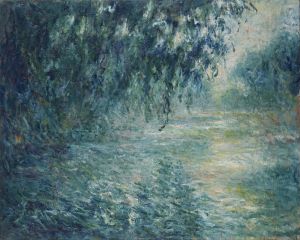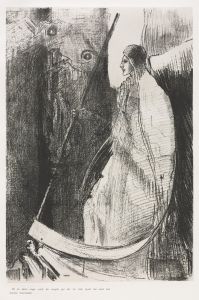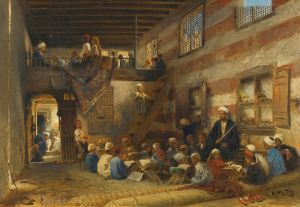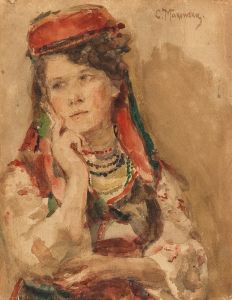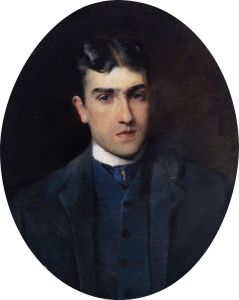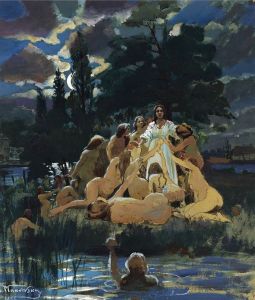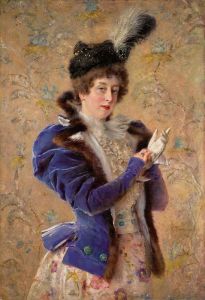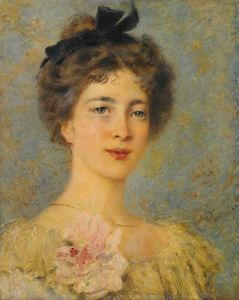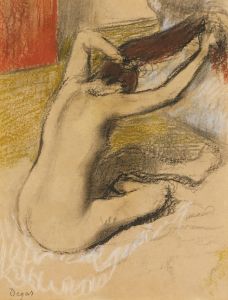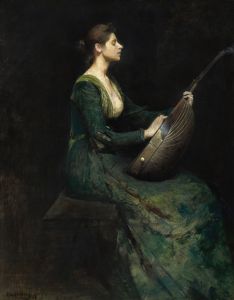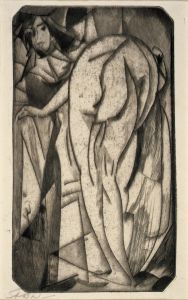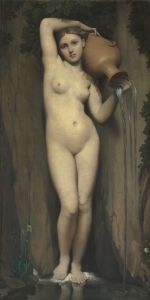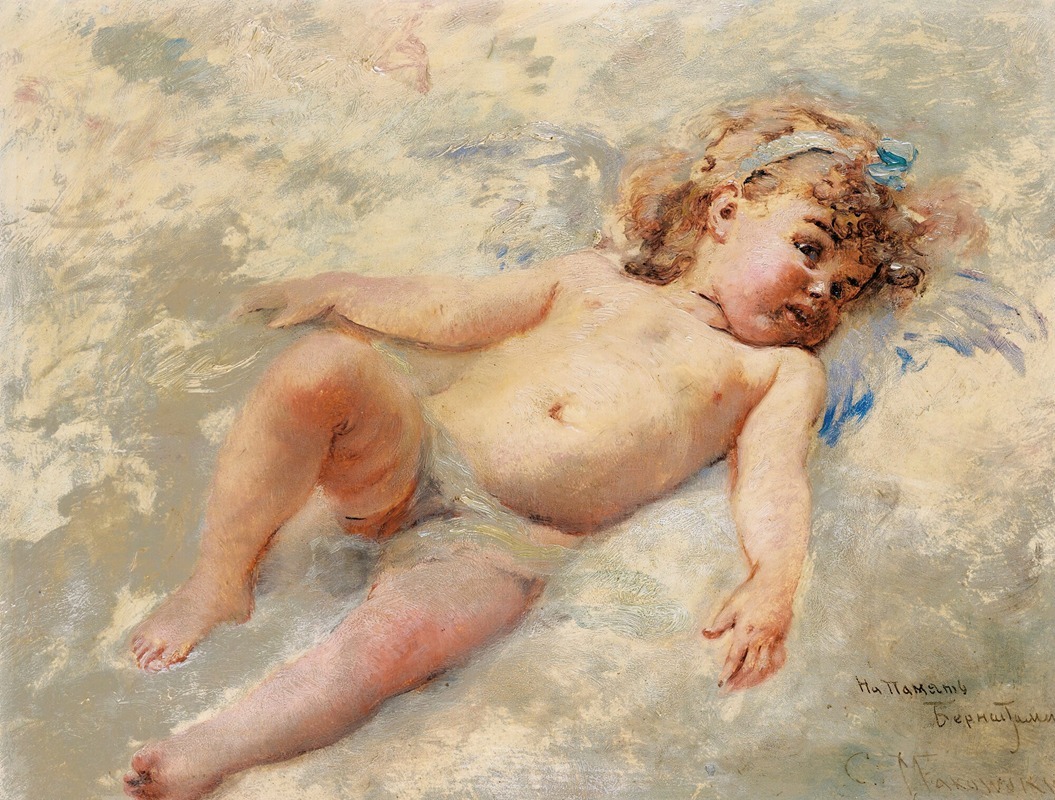
Cherub
A hand-painted replica of Konstantin Egorovich Makovsky’s masterpiece Cherub, meticulously crafted by professional artists to capture the true essence of the original. Each piece is created with museum-quality canvas and rare mineral pigments, carefully painted by experienced artists with delicate brushstrokes and rich, layered colors to perfectly recreate the texture of the original artwork. Unlike machine-printed reproductions, this hand-painted version brings the painting to life, infused with the artist’s emotions and skill in every stroke. Whether for personal collection or home decoration, it instantly elevates the artistic atmosphere of any space.
Konstantin Egorovich Makovsky was a prominent Russian painter, born on June 20, 1839, in Moscow, and he became one of the most celebrated artists of his time. He was a key figure in the Peredvizhniki movement, which sought to bring art to the people by organizing traveling exhibitions across Russia. Makovsky's work is characterized by its vibrant color palette, attention to detail, and often romanticized depictions of Russian life and history.
One of Makovsky's notable works is "Cherub," a painting that exemplifies his skill in portraiture and his ability to capture the innocence and purity associated with angelic figures. While specific details about the painting "Cherub" are limited, it is consistent with Makovsky's style, which often included rich textures and a focus on the human form. His works frequently depicted scenes from Russian history, folklore, and everyday life, often infused with a sense of drama and emotion.
Makovsky's training at the Moscow School of Painting, Sculpture and Architecture, and later at the Imperial Academy of Arts in St. Petersburg, provided him with a strong foundation in academic art techniques. His education and exposure to European art during his travels influenced his style, which combined traditional Russian elements with Western techniques.
Throughout his career, Makovsky received numerous accolades and was highly regarded by both his contemporaries and later generations. His works were popular among the Russian aristocracy and were often commissioned by wealthy patrons. Makovsky's ability to capture the essence of his subjects, whether in grand historical canvases or more intimate portraits like "Cherub," contributed to his lasting legacy in the art world.
Makovsky's paintings are known for their meticulous attention to detail and their ability to convey a narrative. In "Cherub," as with many of his other works, Makovsky likely employed his characteristic use of light and shadow to create depth and dimension, bringing the figure to life. His use of color would have been both vibrant and harmonious, enhancing the overall composition and emotional impact of the piece.
The artist's contribution to Russian art extends beyond his paintings. As a member of the Peredvizhniki, Makovsky played a significant role in challenging the academic conventions of the time and promoting a more accessible and socially relevant form of art. This movement sought to depict real-life subjects and address social issues, making art more relatable to the general public.
Konstantin Makovsky passed away on September 17, 1915, in Petrograd (now St. Petersburg), leaving behind a rich legacy of artworks that continue to be celebrated for their beauty and historical significance. His paintings, including "Cherub," remain a testament to his skill and his ability to capture the human spirit in its many forms. While specific information about "Cherub" is limited, the painting is a reflection of Makovsky's broader oeuvre and his enduring impact on Russian art.





